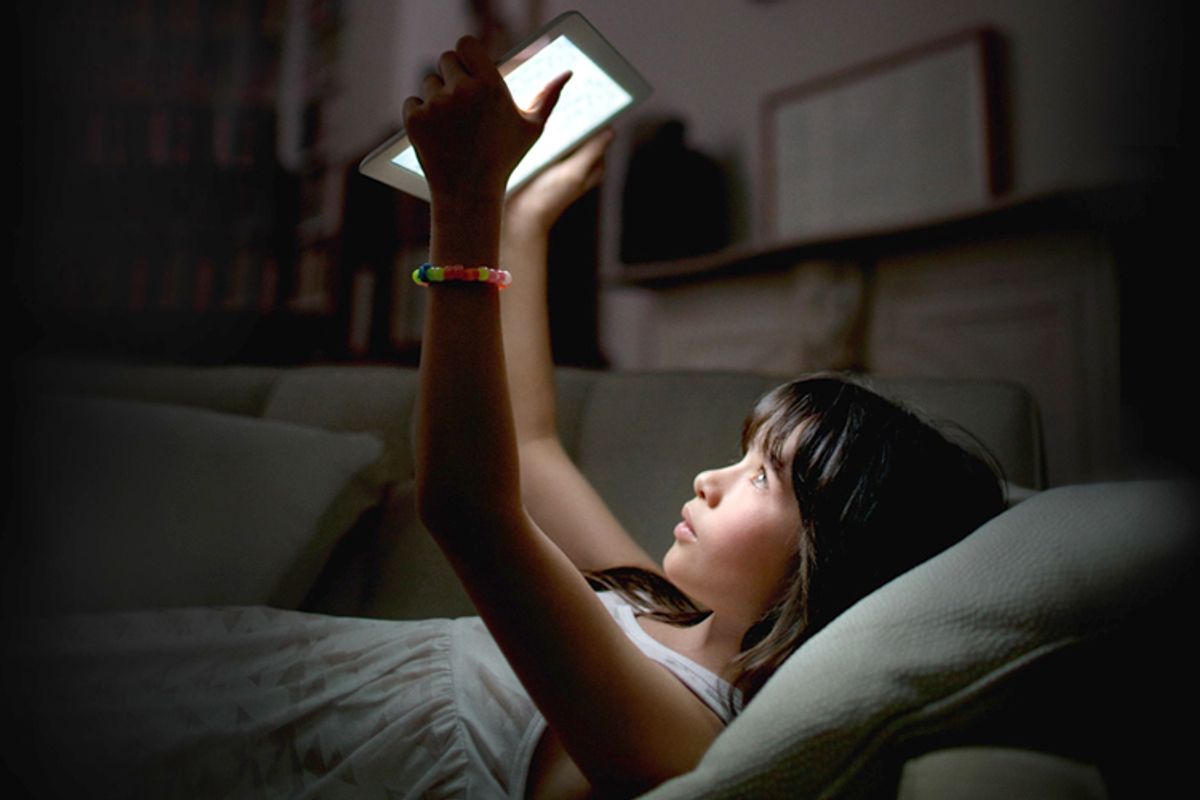 Nerdy communications researchers have recently made a valiant stab at defining “coolness” when it comes to evaluations of technology products. Apparently, products that rate higher on “originality, attractiveness and subcultural appeal” are cooler, according to their interviews and data analysis.
Nerdy communications researchers have recently made a valiant stab at defining “coolness” when it comes to evaluations of technology products. Apparently, products that rate higher on “originality, attractiveness and subcultural appeal” are cooler, according to their interviews and data analysis.
In a new paper published this month in the International Journal of Human-Computer Studies, they describe their quest to go beyond a mere linguistic quirk to a deeper conceptualization:
The overarching concept to which the word “cool” once referred is no longer what the colloquial usage of the word “cool” now refers. The word cool in everyday usage may not adequately connote the same strength of meaning as it once has, but for the purposes of this explication we are ignoring the watered down version of cool present in the American-English vernacular as it has become a ubiquitous “counterword of choice” (Petrucci and Head, 2006). Rather, the “cool” for designers and academics is mostly concerned with the strongest expressions and perceptions of the idea. It may be more helpful to think of cool as a perceived state of being, one where the term used to describe this state is inconsequential. Whether the state of being is described as cool, hot, off the chain, or sweet (Petrucci and Head, 2006), the idea behind the phrase is the same in this explication: a positive and desirable quality used to describe innovations, be they ideas, technologies or products.
In a series of questionnaires, the team asked 1,500 subjects to evaluate a bunch of digital products with a series of “coolness indicators” constructed with assistance from previous literature, and then confirmed their conceptual “coolness index” with later questions that asked the subjects for a more direct holistic “coolness” rating. For a tech product to be considered cool, the researchers conclude, it has to not only look slick (attractiveness) and be inventive (originality), but also “help the user assert his/her uniqueness or subcultural identity” (subcultural appeal).
iPads rated much cooler than lame counterparts like Webmail, USB drives, and desktop PCs, even though those products rated higher in utility. “It is clear from our data that a pure notion of utility has no place in coolness perceptions; that, if anything, utility is a byproduct of the other three aspects,” the authors write. This wasn’t just a battle between old and new either, the researchers note. Record players, for example, beat out the desktop PC on the “coolness index” because they scored much higher on the subculture variable. The iPhone 4, on the other hand, rated as less cool than the iPad, mainly because of its poor performance in that same area. Basically, once everyone has bought something, it becomes way less cool.
“As a cool product begins to be adopted on a large scale, the exclusivity enjoyed by the early adopters will be lost,” the researchers conclude. “According to our data, this would result in a reduction in coolness perceptions for such a product.”
Be careful, Facebook.



Shares